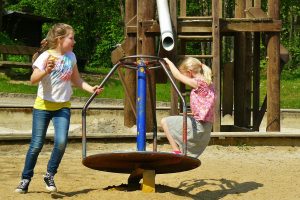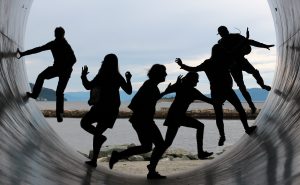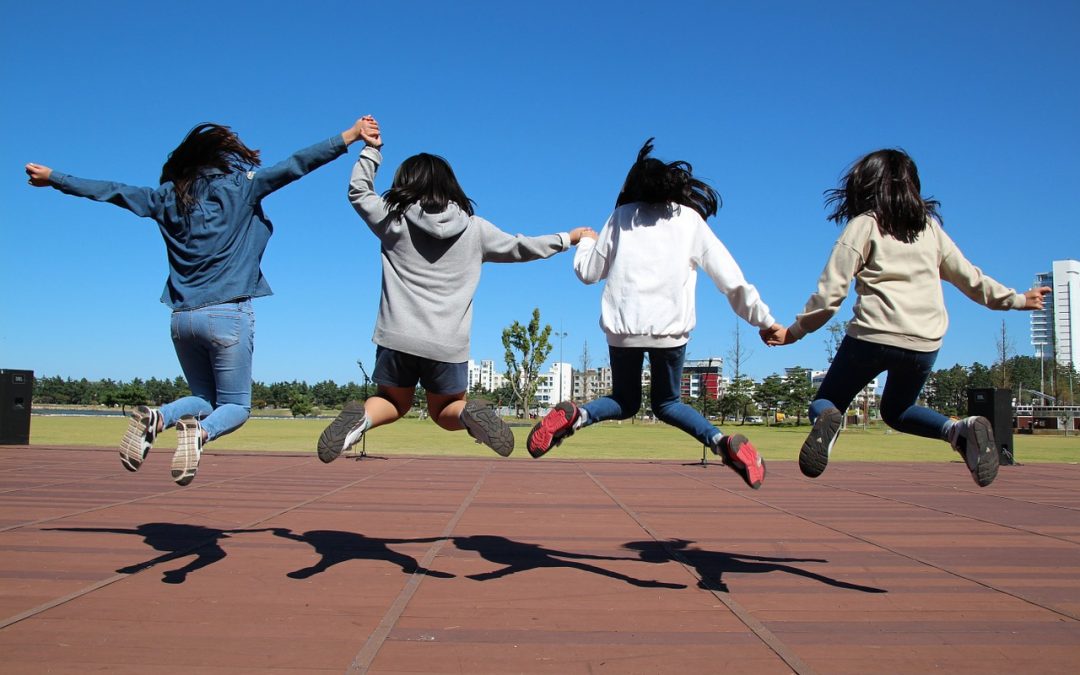Encouraging Movement in the Classroom
By Dr. Marcia A. Davis-Dawkins
When most elementary students are asked what their favorite subject is, the answer that seems most popular is gym/P.E. After hearing this so many times and reading several research-based articles, I am convinced that there is a positive correlation between learning and movement. A few years ago while taking a class, related to differentiated teaching/learning, two things stood out to me during that course of study. One was using “brain breaks” in lessons. The other was that since students love to move (through gym/P.E.), it is necessary to design lessons so that students are excited to learn and look forward to being a student who enjoys learning.
It is always refreshing to hear a student say, “Oh, now I get it,” with a twinkle in the eye. It is also very exciting to teach students, and even to encourage my peers, about incorporating movement in the classroom culture and in turn sending the positive message about learning as well as the students’ desire to learn. Having taught in both high school and elementary school, I have learned quite a lot about making classes exciting for students. After all, research has shown that movement increases the blood flow and helps to improve the physical health and well- being of students.
As the new school year gets underway it is always my quest, and most teachers’ also, to find new and interesting ways to get students to be motivated and make the classes exciting. With this knowledge, I can help my colleagues understand why it is necessary to incorporate “brain breaks” and movements in the classroom.
With the demands of the 21st century and promoting learning it is important to also consider the attention span of the students in our classroom and try to break up the learning using movement.
Differentiate since every person learns differently. There should never be a one-size-fits-all approach to instruction. This is another key strategy that should be taken into consideration by an instructional designer. Differentiation begins when a teacher takes a look at the diversity of the learners in the classroom, and accepts responsibility for the success of each of them. As an instructional designer, differentiation simply suggests that teachers have clear learning goals that are rich in meaning and provide various avenues and support systems to maximize that chance of each student succeeding with those rich and important goals. The key is to look at each student, his or her diversity and try something new! What a better way to redesign the lessons than simply finding ways to incorporate movements in the classroom.
Why Vary Instructional Design?
Kids don’t start at the same place,
they don’t learn in the same way
and they don’t learn at the same pace.
~Linda Darling-Hammond, Stanford University
Like most adults, I learned reading, writing and arithmetic by sitting in an assigned desk completing dittos. We followed a regimen—exactly this many minutes for group reading, this many for responses, and so on. Once I became an educator, this seemed the logical way to teach. Students would sit, do seatwork, and MAYBE, every now and again, when I told them, but only when I told them, students would move. Work would get done, and order and control would reign. This is not so and cannot be utilized in the 21st century!
It was Albert Einstein who said, “Creativity is intelligence having fun”, so let us as educators, be creative for our students as we vary our lessons through movements. We should help our student access the curriculum (which can seem like a race course) and maximize their potential and possibilities. This is truly what meeting the students’ individual needs is all about!
Movement is important so a positive learning community can be created. Movements through brain breaks, which are sometimes referred to as energizers, breaks the monotony of learning. Simply put, they give the brain a break or even trick the brain into thinking it is not learning just because there is fun in the learning. There are many teachers who have built movements in the curriculum to help students learn. After all learning can be fun and according to the authors Tanner & Tanner (2007), curriculum “requires that education must be a dynamic process of individual and social growth. Curriculum is the means and end through which education is made instrumental.” I have been privileged to watch students participate in brain break activities and see how excited they get as they “take a break” – they look forward to each activity. The activities become a part of the classroom culture and the energy from the students is amazing. Some of the activities that we have included are taking nature walks and have students use all their senses and take notes of what they hear, smell, seen, touch and sometimes taste. This encourages movement instead at sitting at their desks. There are also several websites that provide examples of brain breaks – websites such as www.brainbreaks.com, www.GoNoodle.com, http://teachtrainlove.com/20-brain-break-clips-dance-like-no-ones-watching/
 What an exciting way to keep students engaged and energized through brain breaks.
What an exciting way to keep students engaged and energized through brain breaks.
Works Cited
Tanner, D. & L. (2007), Curriculum Development: Theory into Practice, 4th Edition. Pearson Learning Solutions, Upper Saddle, NJ Retrieved from http://digitalbookshelf.argosy.edu/books/9781412989237/id/c01

